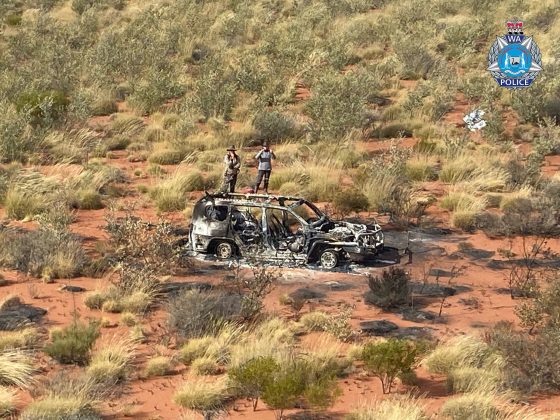We have all heard “you’re more likely to die in a car crash than be eaten by a shark” when jumping into the deep blue. However, it’s rare we actually contemplate that thought. The latest Productivity Commission Report on Government Services found some frightening statistics for the NT.
In the Northern Territory, you’re more likely to be killed on the roads than anywhere else in Australia. Such a scary thought to consider for both travellers and residents. Where can we attribute this information to? The Northern Territory’s road death rate has been found to be a horrifying four times above the national average in 2020-21. 39 lives have been claimed in 2022 already, which tops 35 lost in all of 2021.
Considering these frightening statistics, territory parliamentarian, Kezia Purick, believes the issue needs to be brought to light to the public. “We need to have a good serious look at our road safety and our road safety campaigns,” she suggested “Which I think seem to have dropped off the radar.”
This is not a new thing for the NT
Unfortunately, 15 years ago statistics for road deaths were also alarming. This was when the Northern Territory remained the only place in Australia with open speed limits along the Stuart Highway. In 2006, a speed limit of 130km per hour was introduced. This was due to the fact that drivers had nine times more chance of dying than the rest of the nation. Change was made to try to change the statistics, yet the NT is still in a far less than ideal situation.
.jpg)
Remoteness could be to blame
It’s hard to understand exactly why this terrifying statistic is a reality for the Northern Territory. Some theories do try to. 70 per cent of the Northern Territory’s roads are unsealed, with remoteness of the territory playing a big role. This is concerning when you have people travelling long distances on roads that aren’t of the best quality. This danger is increased when they’re travelling in cars that aren’t necessarily the best quality either.
What can be done to help?
University of New South Wales Public Health Professor, Rebecca Ivers, stated that again lowering the speed limit on the Stuart Highway could assist. However, according to the NT government’s infrastructure department, there’s no current plan in place to do so yet.
Considering that 19 of the 39 crashes so far in 2022 were related to speed and fatigue, better attention and rest stops made by drivers could also make a significant difference. Fatalities involving someone not wearing a seatbelt made up 30 per cent. Therefore driver behaviour and accountability also needs to be improved.
The above statistics of fatalities emphasise the need to be aware of your surroundings as well as your own behaviour. Ensure you’re sensible on the road. Taking regular breaks and complying with safety procedures can make a huge difference to these frightening numbers.













